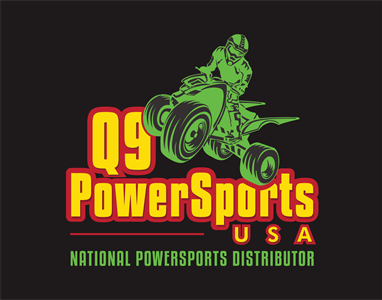The Foundation of Machine Longevity: Maintenance
When it comes to the lifespan of machines, maintenance is the cornerstone that ensures optimal performance and durability. Machines, no matter how robust or technologically advanced, require regular upkeep to function efficiently and avoid premature wear and tear. In this comprehensive guide, we explore the critical role of maintenance in prolonging the lifespan of machines and the detrimental consequences of neglecting this essential practice.
The Impacts of Neglecting Maintenance
Failure to prioritize maintenance can have far-reaching consequences that affect both the operational efficiency and financial well-being of an organization. Machines that are not properly maintained are prone to:
- Increased downtime and disruptions in production schedules
- Reduced performance and output quality
- Higher risk of unexpected breakdowns and costly repairs
- Potential safety hazards for operators and other personnel
Advantages of Consistent Maintenance
1. Extended Lifespan: Regular maintenance activities such as lubrication, inspections, and part replacements can significantly extend the lifespan of machines, allowing them to operate at peak efficiency for a longer period.
2. Enhanced Performance: Well-maintained machines consistently deliver superior performance and reliability, meeting production targets and ensuring a smooth workflow. By addressing minor issues early on, maintenance helps prevent major malfunctions and downtime.
3. Cost Efficiency: While maintenance requires an investment of time and resources, it is a cost-effective strategy in the long term. Proactively maintaining machines helps avoid costly repairs and replacements, saving money and preserving the value of the equipment.
4. Safety Compliance: Maintenance plays a vital role in ensuring workplace safety and compliance with regulations. Regular inspections and maintenance activities help identify and rectify potential safety hazards, protecting employees and minimizing the risk of accidents.
Implementing an Effective Maintenance Program
Creating a successful maintenance program involves:
- Developing a customized maintenance schedule based on the manufacturer's recommendations and operational requirements
- Training personnel on proper maintenance procedures and safety protocols
- Utilizing advanced maintenance management software for tracking activities and scheduling tasks
- Regularly evaluating the effectiveness of the maintenance program and making adjustments as needed
By adopting a proactive approach to maintenance, organizations can maximize the lifespan of their machines, optimize performance, and achieve long-term operational success. Remember, investing in maintenance today is an investment in the future durability and efficiency of your equipment.

